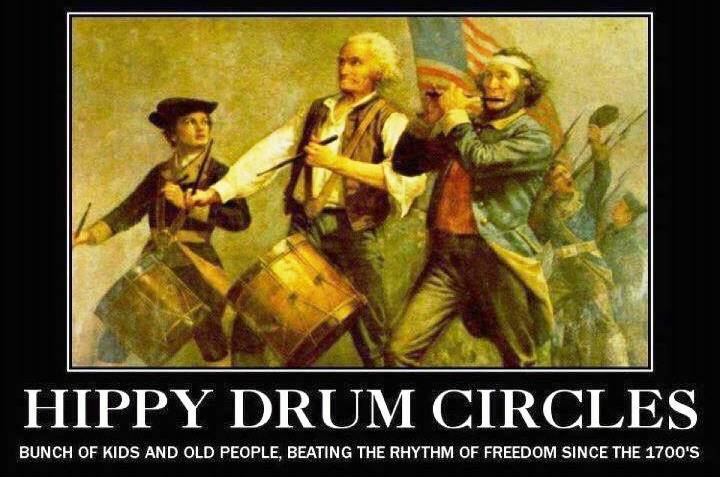Crisis & Urban Spaces
The Article: The Urban Roots of Financial Crises by David Harvey in the Socialist Register.
The Text: In an article in the New York Times on 5 February 2011, entitled `Housing Bubbles Are Few and Far Between’, Robert Shiller, the economist who many consider the great housing expert given his role in the construction of the Case-Shiller index of housing prices in the United States, reassured everyone that the recent housing bubble was a `rare event, not to be repeated for many decades’. The `enormous housing bubble’ of the early 2000s `isn’t comparable to any national or international housing cycle in history. Previous bubbles have been smaller and more regional’. The only reasonable parallels, he asserted, were the land bubbles that occurred in the United States way back in the late 1830s and the 1850s.1 This is, as I shall show, an astonishingly inaccurate reading of capitalist history. The fact that it passed so unremarked testifies to a serious blind spot in contemporary economic thinking. Unfortunately, it also turns out to be an equally blind spot in Marxist political economy.
Conventional economics routinely treats investment in the built environ- ment along with urbanization as some sidebar to the more important affairs that go on in some fictional entity called `the national economy’. The sub- field of `urban economics’ is, thus, the arena where inferior economists go while the big guns ply their macro-economic trading skills elsewhere. Even when the latter notice urban processes, they make it seem as if spatial reorganizations, regional development and the building of cities are merely some on-the-ground outcome of larger scale processes that remain unaffected by that which they produce. Thus, in the 2009 World Bank Development Report, which, for the first time ever, took economic geography seriously, the authors did so without a hint that anything could possibly go so catastrophically wrong in urban and regional development as to spark a crisis in the economy as a whole. Written wholly by economists (without consulting geographers, historians or urban sociologists) the aim was supposedly to explore the `influence of geography on economic opportunity’ and to elevate `space and place from mere undercurrents in policy to a major focus’.
The authors were actually out to show how the application of the usual nostrums of neoliberal economics to urban affairs (like getting the state out of the business of any serious regulation of land and property markets and minimizing the interventions of urban, regional and spatial planning) was the best way to augment economic growth (i.e., capital accumulation). Though they did have the decency to `regret’ that they did not have the time or space to explore in detail the social and environmental consequences of their proposals, they did plainly believe that cities that provide `fluid land and property markets and other supportive institutions such as protecting property rights, enforcing contracts, and financing housing will more likely flourish over time as the needs of the market change. Successful cities have relaxed zoning laws to allow higher-value users to bid for the valuable land and have adopted land use regulations to adapt to their changing roles over time’.
But land is not a commodity in the ordinary sense. It is a fictitious form of capital that derives from expectations of future rents. Maximizing its yield has driven low- or even moderate-income households out of Manhattan and central London over the last few years, with catastrophic effects on class disparities and the well-being of underprivileged populations. This is what is putting such intense pressure on the high-value land of Dharavi in Mumbai (a so-called slum that the report correctly depicts as a productive human ecosystem). The World Bank report advocates, in short, the kind of free-market fundamentalism that has spawned both macro-economic disruptions such as the crisis of 2007-09 alongside urban social movements of opposition to gentrification, neighbourhood destruction and the eviction of low-income populations to make way for higher value land uses.
Since the mid-1980s, neoliberal urban policy (applied, for example, across the European Union) concluded that redistributing wealth to less advantaged neighbourhoods, cities and regions was futile and that resources should instead be channelled to dynamic `entrepreneurial’ growth poles. A spatial version of `trickle down’ would then in the proverbial long run (which never comes) take care of all those pesky regional, spatial and urban inequalities. Turning the city over to the developers and speculative financiers redounds to the benefit of all! If only the Chinese had liberated land uses in their cities to free market forces, the World Bank Report argued, their economy would have grown even faster than it did!
The World Bank plainly favours speculative capital and not people. The idea that a city can do well (in terms of capital accumulation) while its people (apart from a privileged class) and the environment do badly is never examined. Even worse, the report is deeply complicit with the policies that lay at the root of the crisis of 2007-09. This is particularly odd, given that the report was published six months after the Lehman bankruptcy and nearly two years after the US housing market turned sour and the foreclosure tsunami was clearly identifiable. We are told, for example, without a hint of critical commentary, that:












